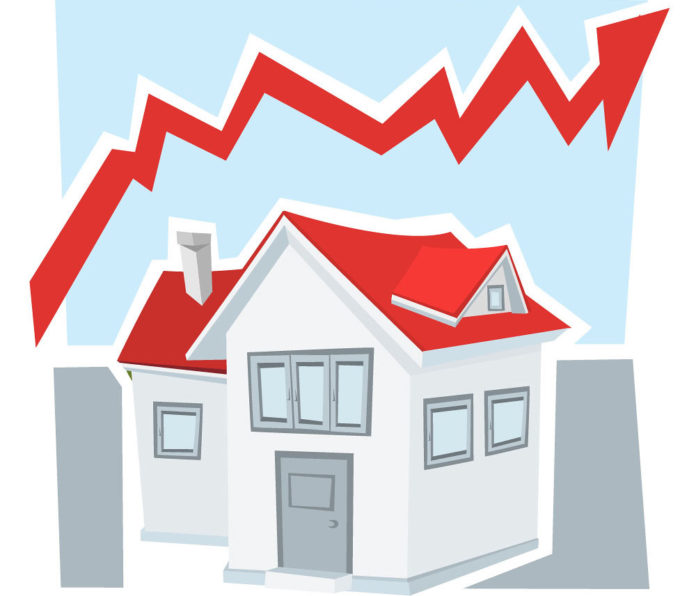
Despite a slow start in the first quarter and various forecasts predicting a slowing of growth in 2019, the economy surprised us. Will we continue to be surprised and see more growth in 2020? My prediction is yes, but at a much slower rate.
Overall, 2019 was a great year for the residential construction industry. According to the National Association for Home Builders (NAHB), market conditions for single-family starts were positive, given a lack of resale inventory, low interest rates and a relatively solid job market.
According to projections made by the NAHB, this trend should continue into 2020, although it will stabilize at the current rate of housing starts, hovering around 1.2 million starts nationally. This prediction is echoed by the National Association of Realtors (NAR). Though, the NAR expects real estate prices to continue to rise. If Clark County follows in this trend, it could mean a worsening of the housing affordability crisis. As NAHB’s Chief Economist Robert Dietz states, “we are still underbuilding due to supply side constraints like labor and land availability; higher development costs are hurting affordability and dampening more robust construction growth.”
While economists from NAHB and NAR believe a recession remains unlikely in 2020, it is important to note that a recession is not completely out of the question. The next recession is not expected to be as drastic as the one experienced in 2008; rather it will simply be a market correction. Due to the demand of housing, it’s unlikely a recession would hit the housing industry as hard as it did in 2007-2009, especially since we are not experiencing the same subprime lending mechanisms in place during that timeframe.
As I’m sure other local builders would tell you, many of us have building plans well into 2020 and are confident about the economy, at least through the third quarter. While we’re always generally concerned about the state of the nation’s economy, our major concerns are related to the political landscape at the state and local levels. The decisions made by governmental and regulatory entities will always impact our operations and ability to build.
A few areas of concern include:
1. Availability of developable land
Developable land supply is always top of mind. Many people see an empty plot of land and think building could occur there. However, what people don’t always consider are the zoning designations of the land or the existing environmental state of the land. For example, if one piece of land is zoned for residential, but has a large area of wetland habitat within its boundaries, it may never be developed due to environmental concerns or the high cost to mitigate any impact.
2. Regulations, Taxes and Fees
Any change in regulation or an increase in taxes/fees will have a direct economic impact and is often counterproductive to combating the housing affordability crisis. It’s important for individuals making the policy decisions at the state and local levels to really understand the consequences their policy decisions have on the housing market.
3. Availability of skilled tradespeople
More than just extended project timelines, a shortage of skilled tradespeople results in higher labor costs for builders and higher home prices for buyers. Unfortunately, research conducted by the Columbia-Willamette Workforce Collaborative states that one fifth of construction’s workforce is at or near retirement age. Couple that fact with an ongoing struggle to recruit younger generations to work in the industry and we can assume the workforce shortage will continue to impact housing prices.
4. Cost of building supplies
As the cost of business increases, so does the end sale price of a house. Whether building supplies costs are rising due to steel tariffs, environmental concerns with harvesting timber products, or extreme regulations imposed on the operation and transportation of aggregate materials, it all results in the increase of the cost of housing.
If you’re intrigued and would like to learn more about what to expect in the housing industry in 2020, I’d like to invite you to the BIA’s Housing Market Forecast presented by Banner Bank and featuring MetroStudy’s Regional Director, Todd Britsch on Jan. 16, 2020. Advanced online registration is required.
Michael Shanaberger is 2019 BIA president and Director of Sales and Marketing, Romano Construction Services.





